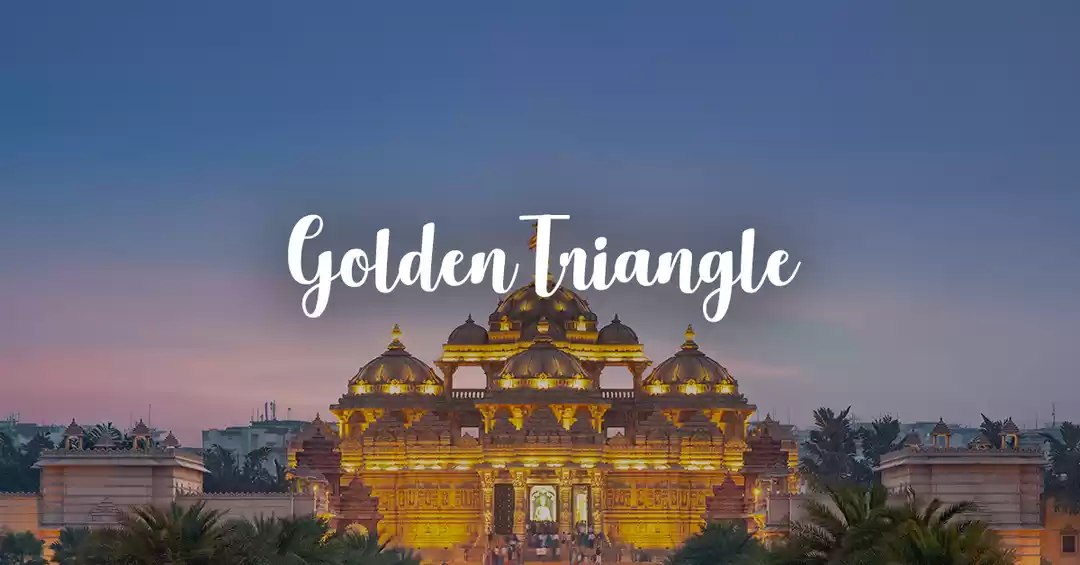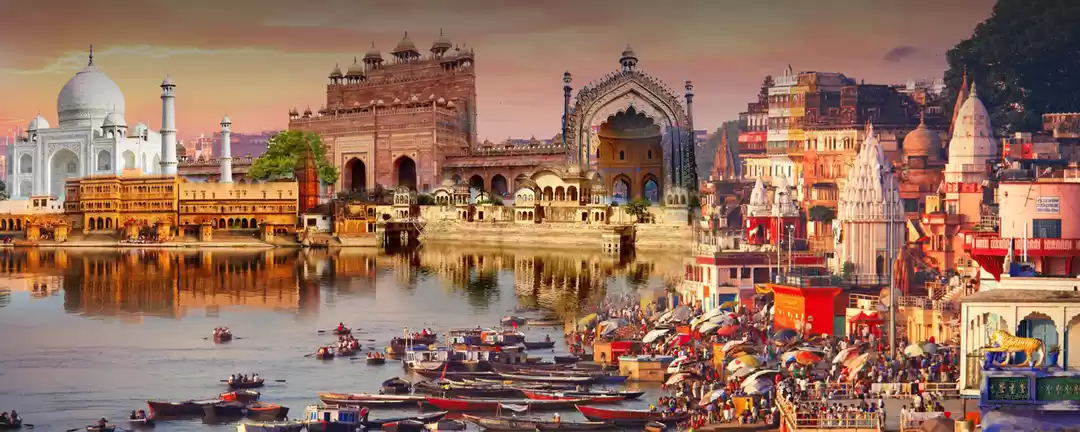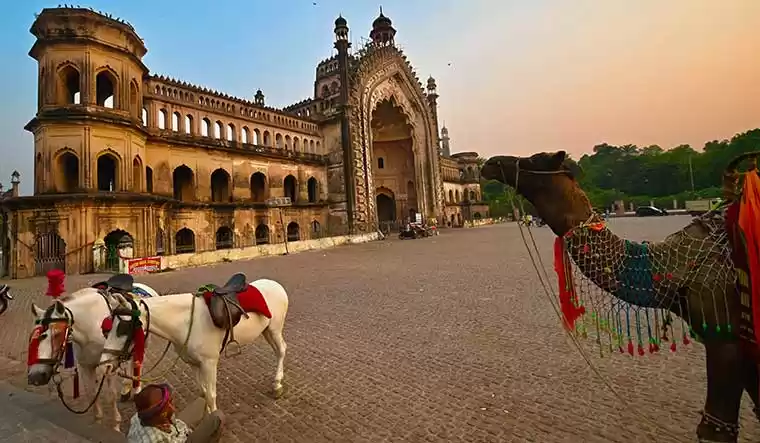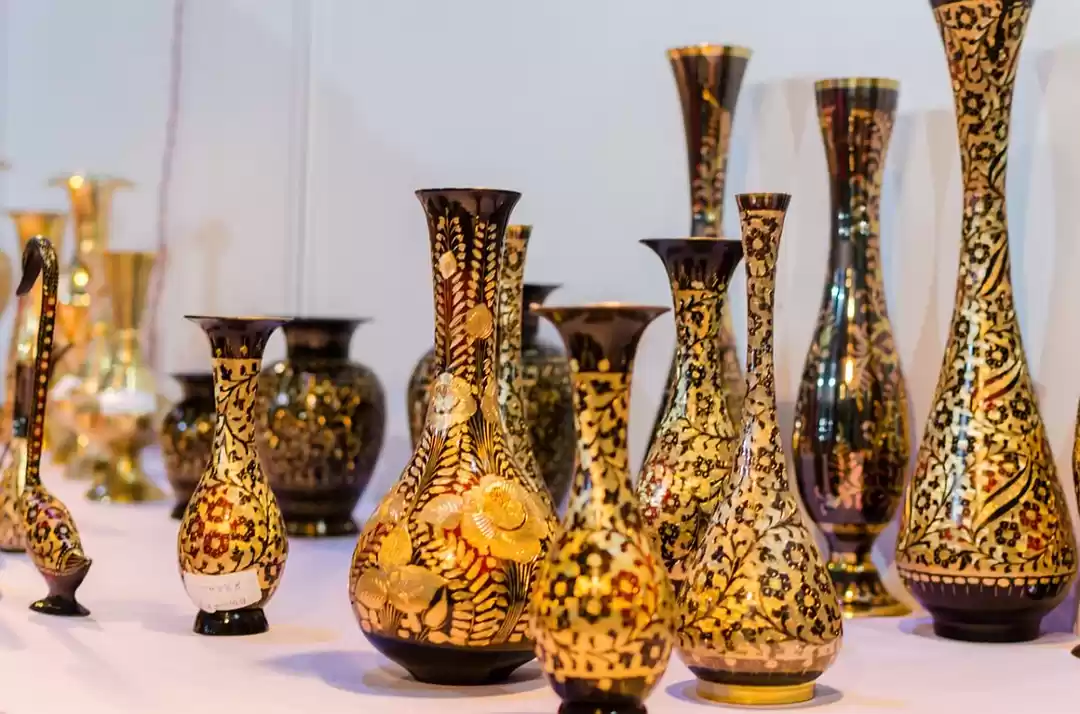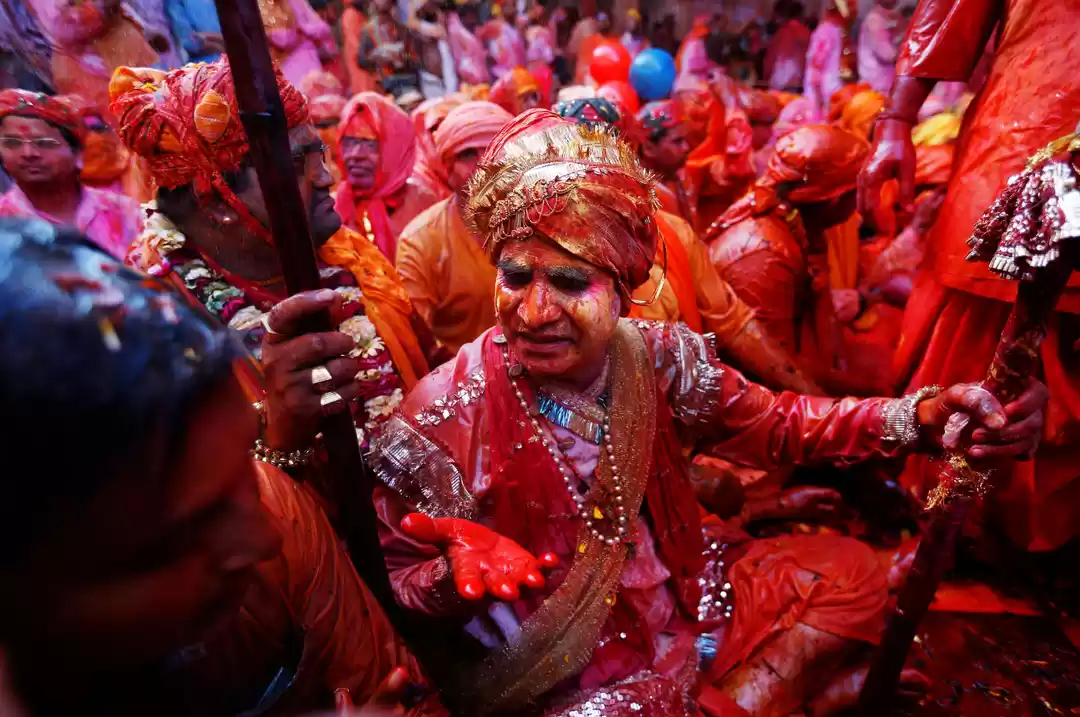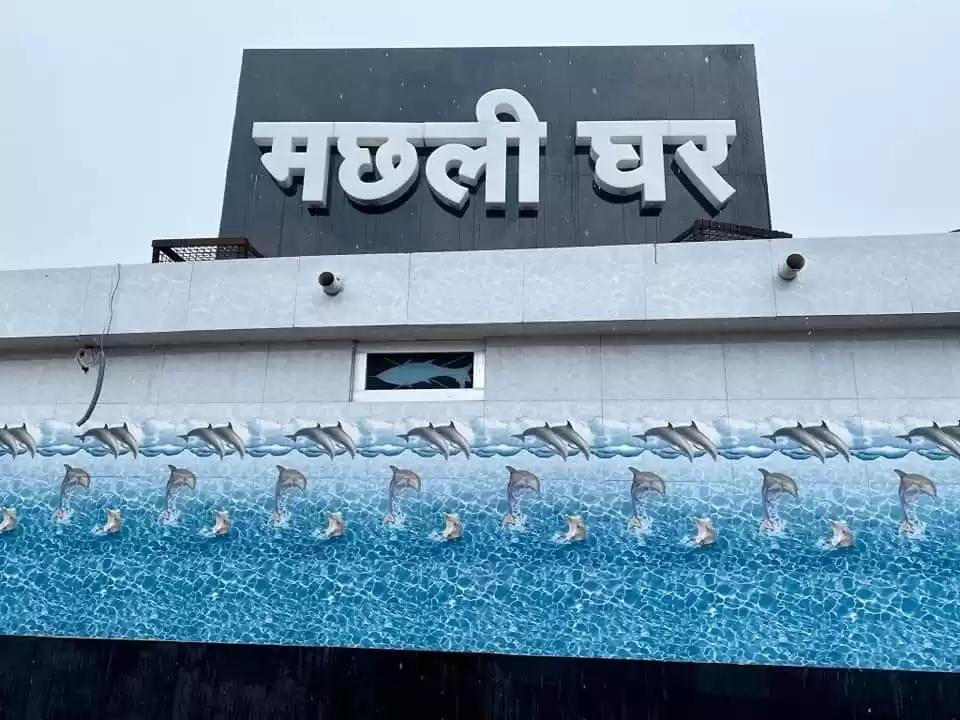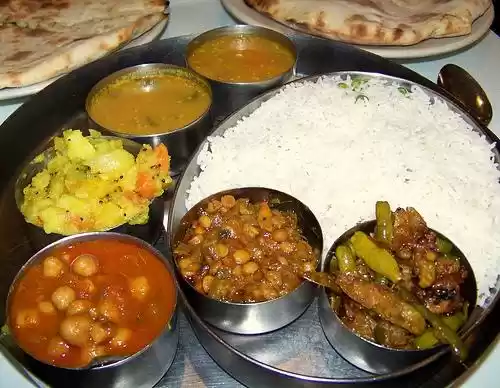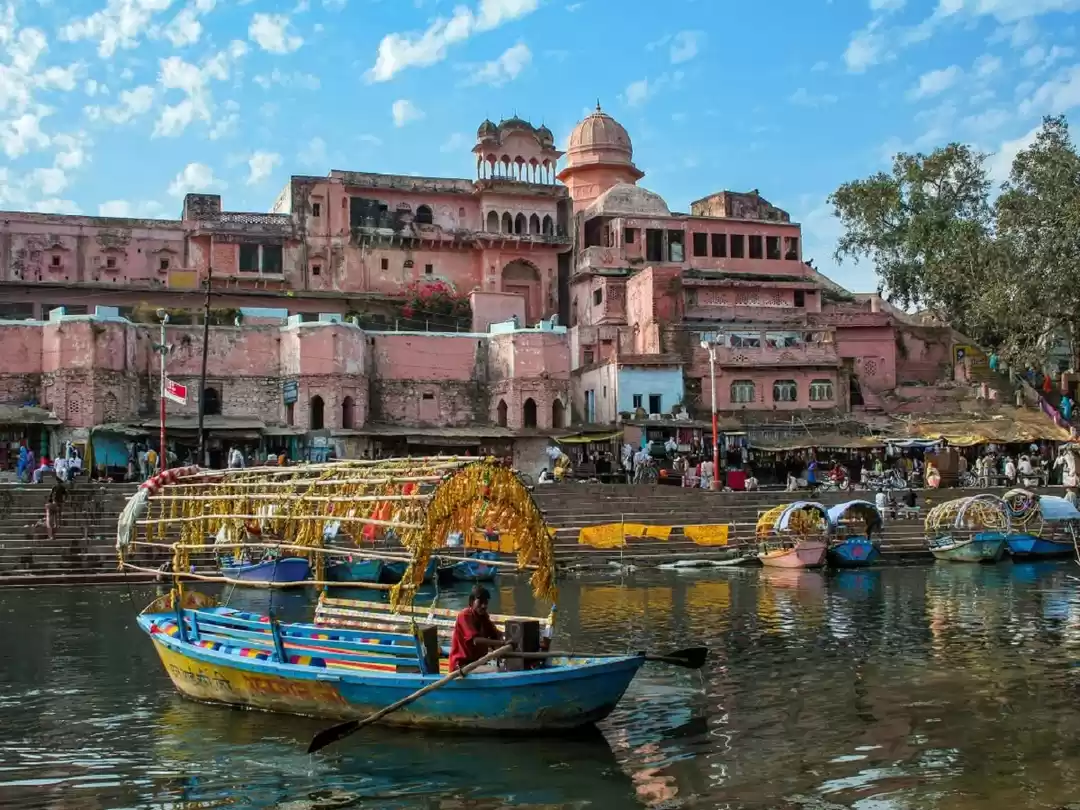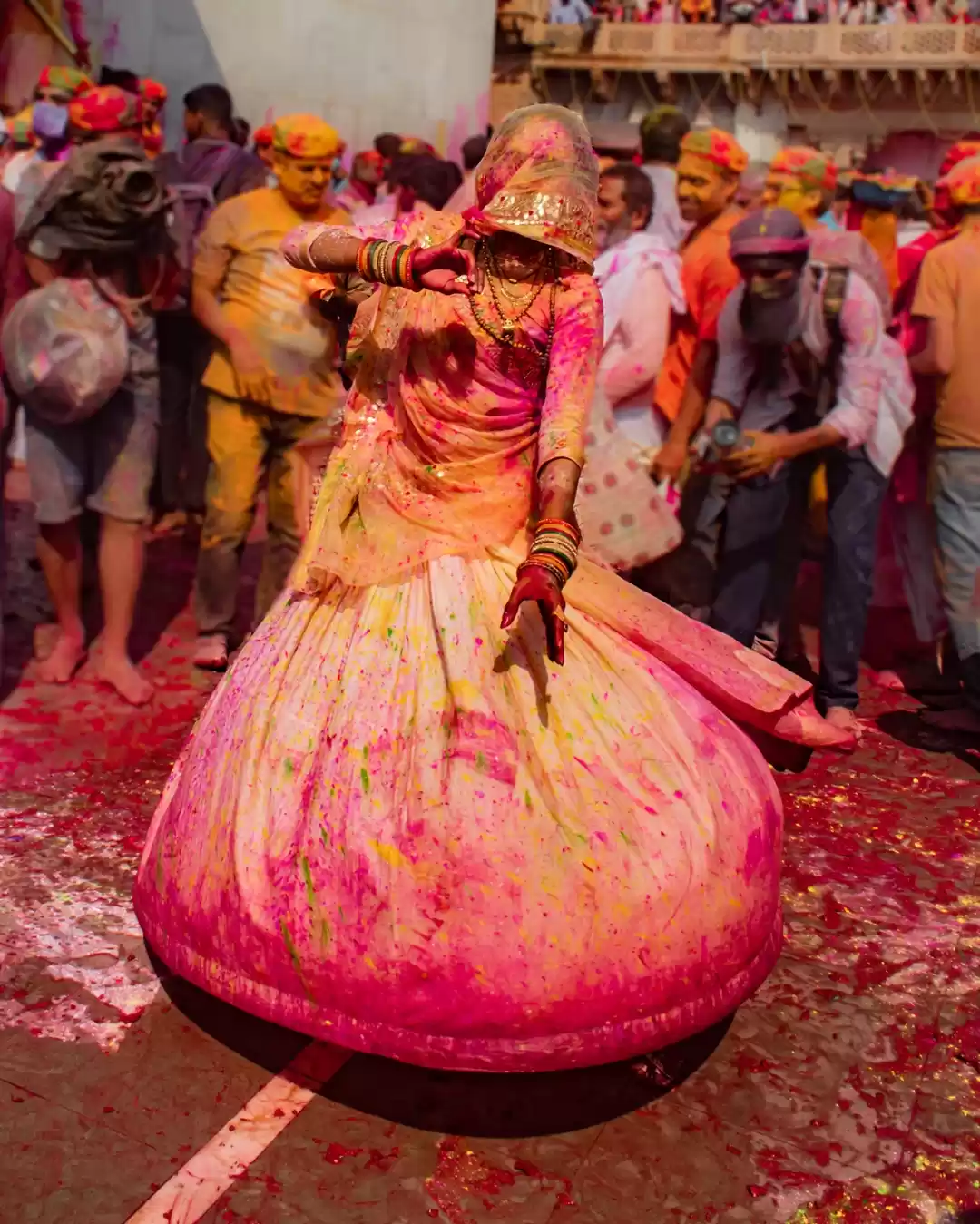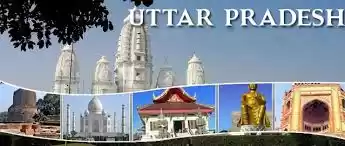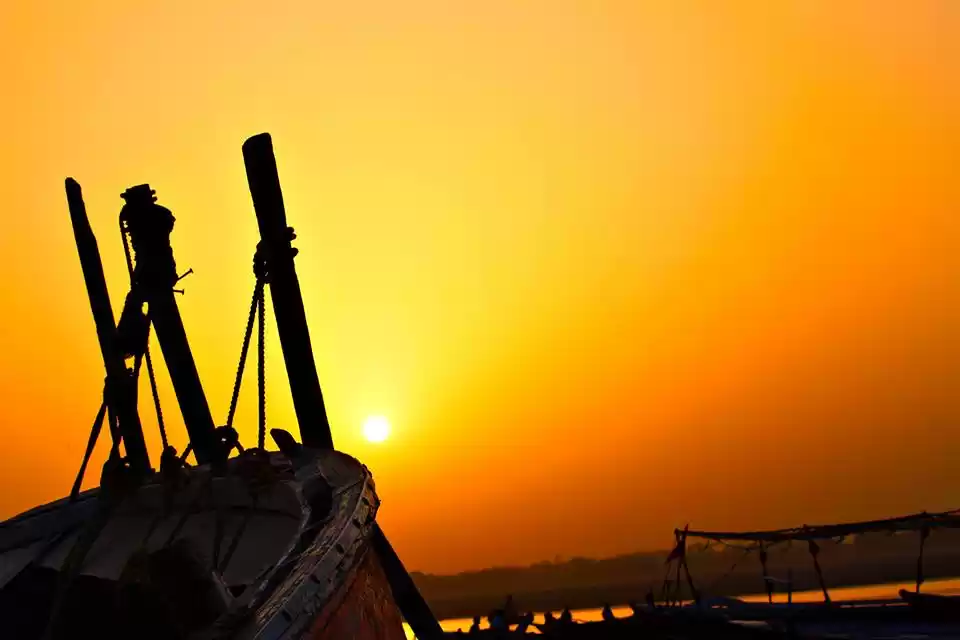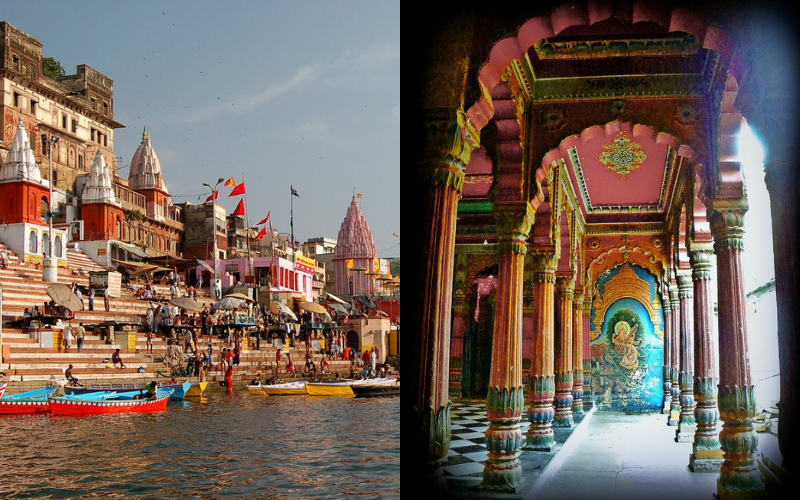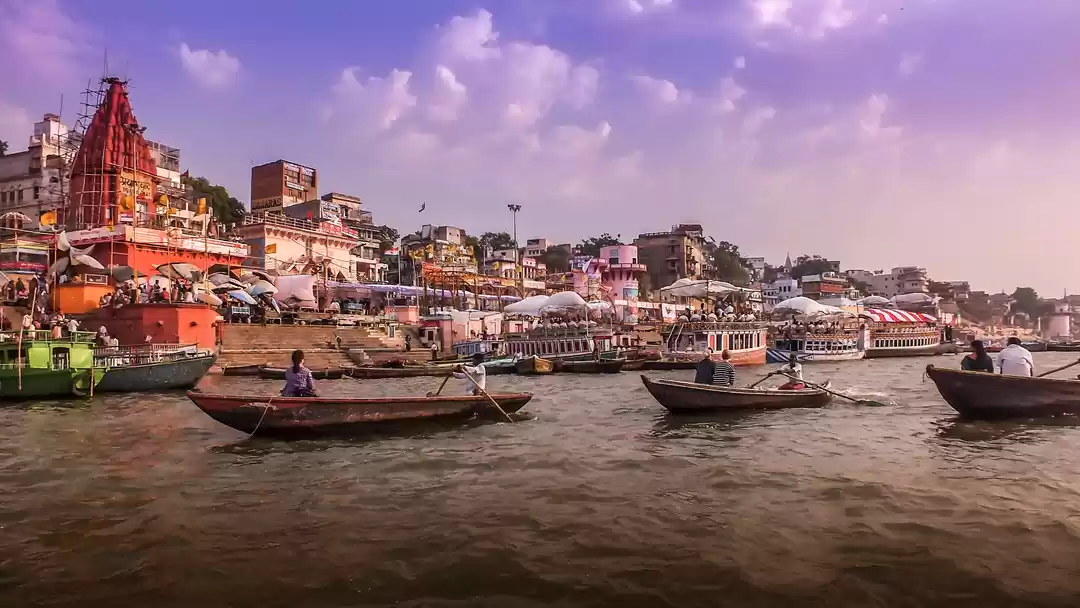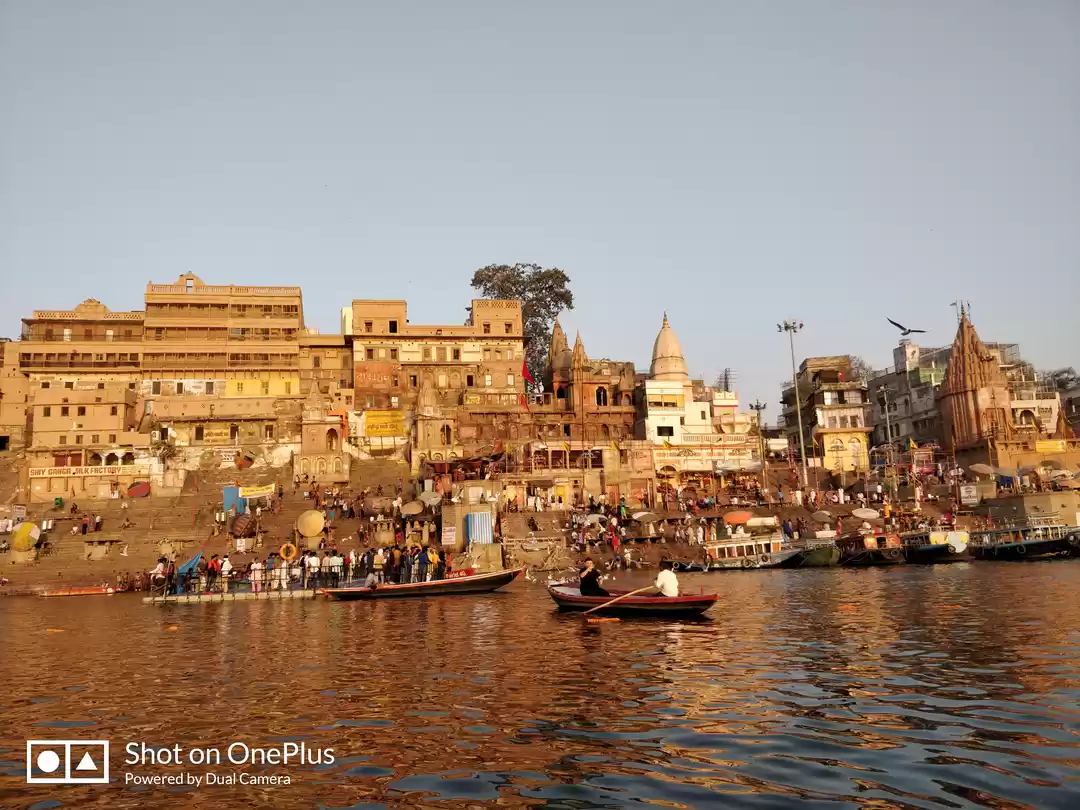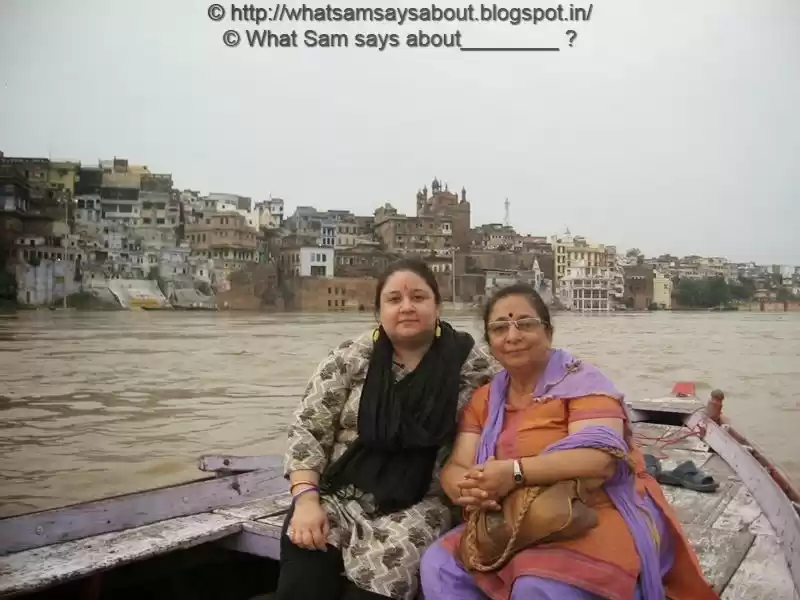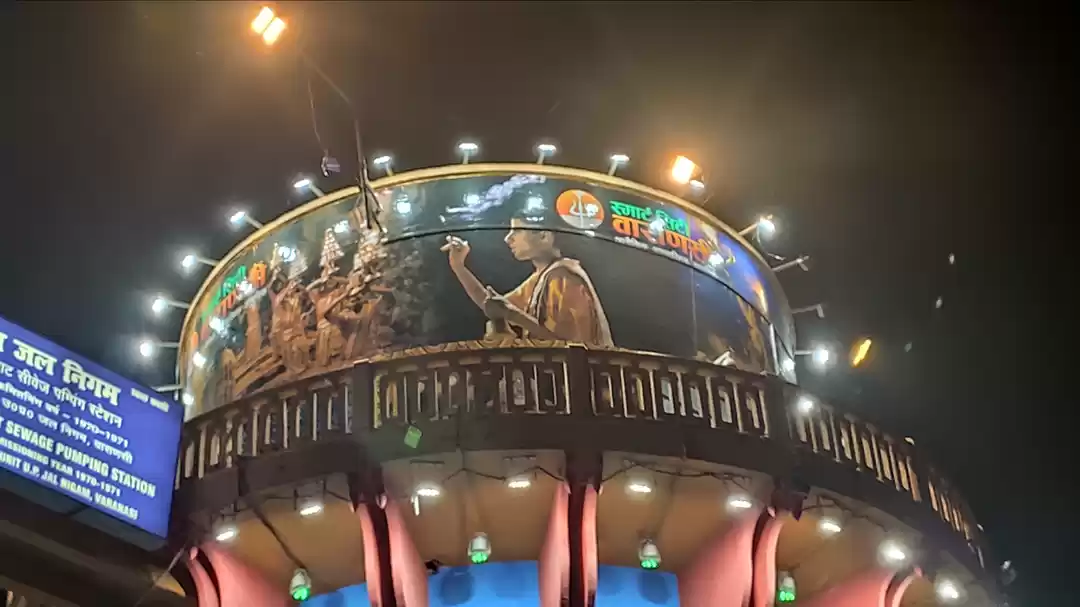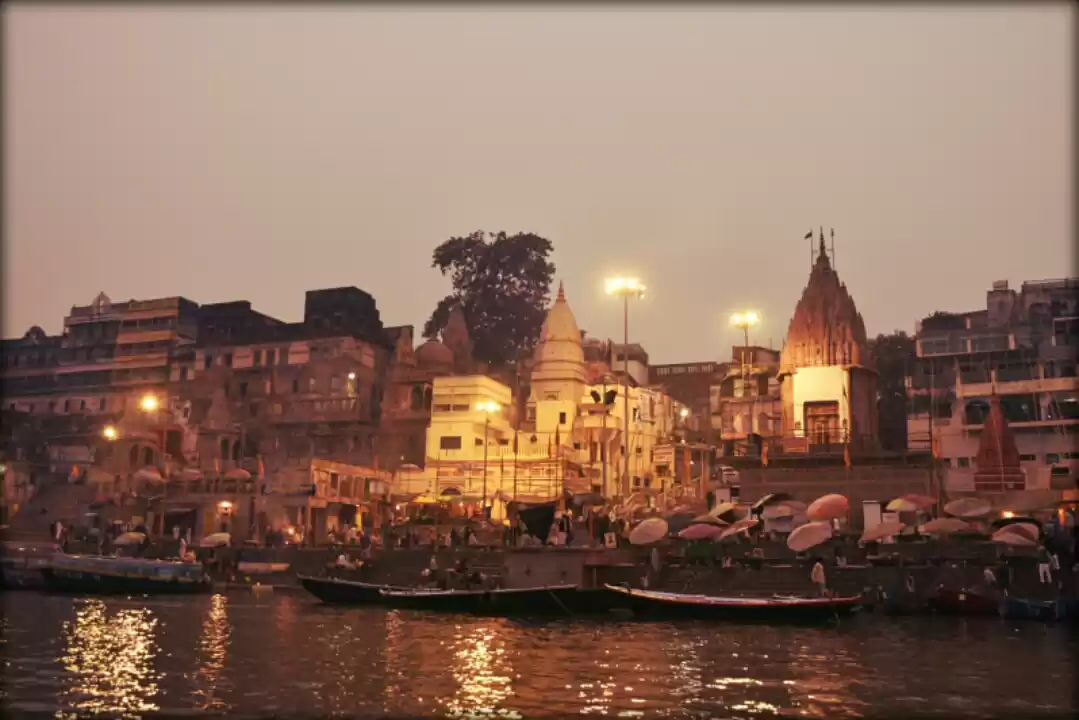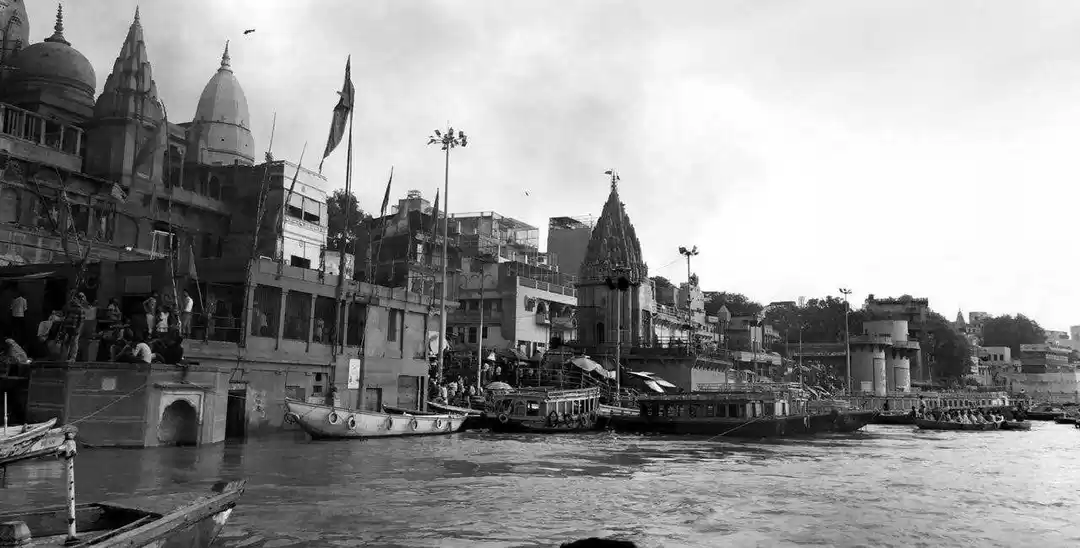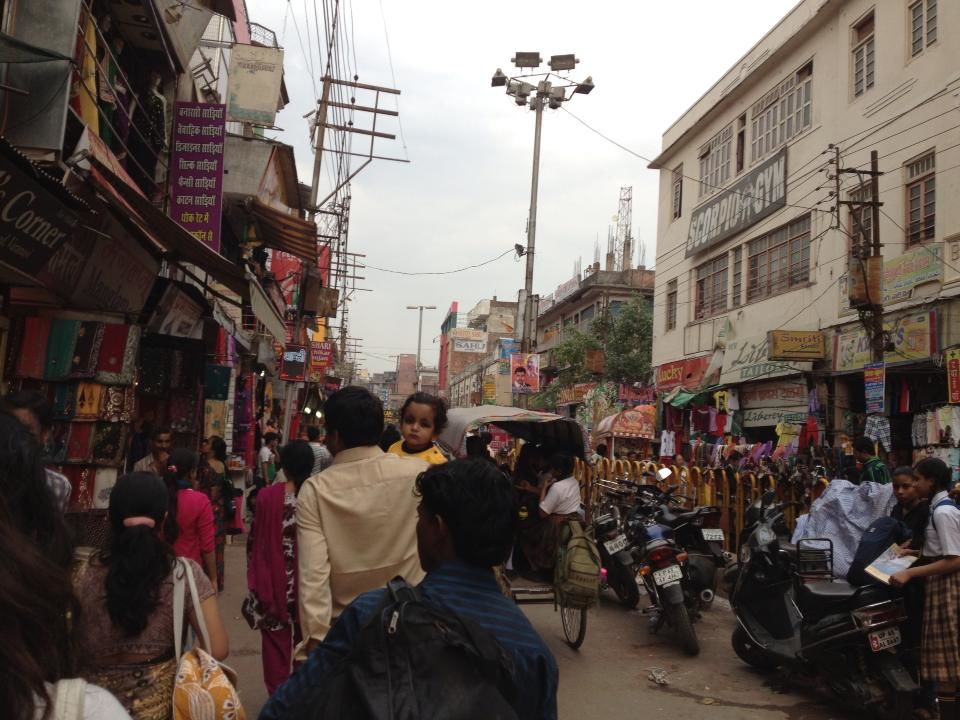


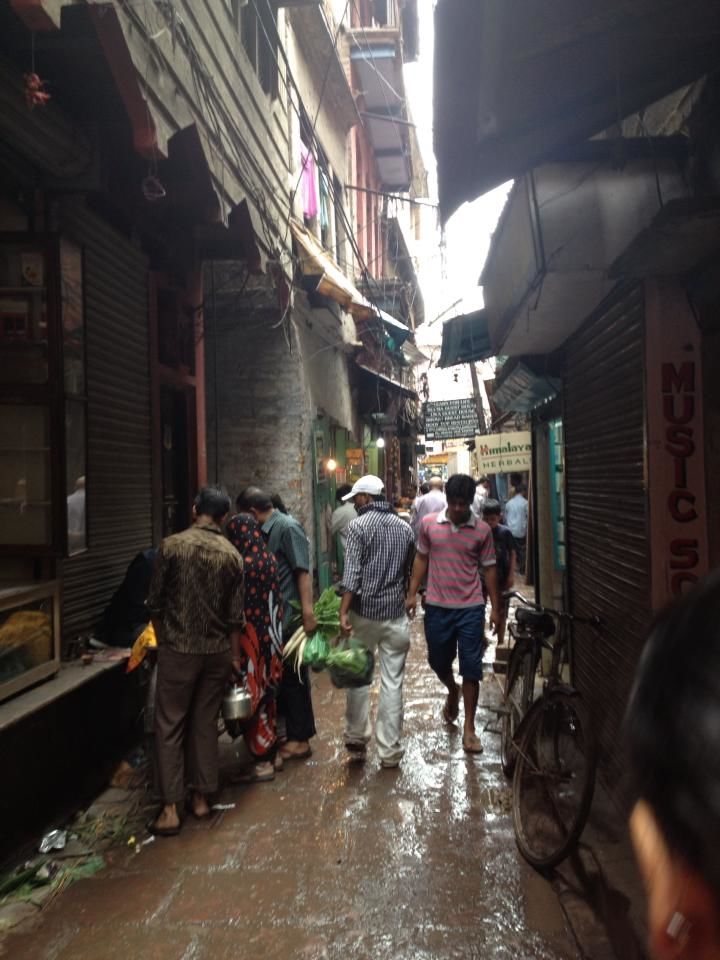




The quintessential image of Varanasi is a peaceful one, by the banks of the river Ganga, still and silent, against the backdrop of temples. Exit the Banaras Railway Station, and the image could not be more contrary.
Trudging from the station to the hotel was a blur of incessant traffic horns, indignant autowallas, and frantic calls to our hotel amidst the streets of the city that are evidently unable to accommodate it’s ever-expanding population.
Amidst this journey, I could not help but feel a sense of déja vu from an earlier trip to Mathura. We often single out these cities as iconic religious and spiritual centers. But less publicized is the densely populated roads, poor public infrastructure, and the lack of a basic civic sense either among the locals or the huge influx of tourists that visit – it is not uncommon to see heaps of garbage at any given corner.
Luckily in Varanasi (though unluckily for us), vehicles are not allowed beyond a certain point in the city. Having found a hotel near the ghaats, our first encounter with the city was past crowded markets, and the narrow by-lanes, where every nook and cranny is filled with new life and activity, and a temple at almost every turn.
[It is probably worth mentioning that the vehicle restriction should also apply to two wheelers, if for anything, just the sheer cacophony of motorcycle horns trying to navigate through the hoards of pedestrians!]
Walking into our hotel in Varanasi was finally entering that spiritual haven that tourists so widely speak of – and what the local residents perhaps crave, but have sadly lost with the city’s commercialization. With the only sounds being those of water gently splashing as children played in the river just below our hotel, it was hard to imagine that the congested city we had just come from was barely a few hundred meters away.
A cup of chai and a plate of pakodas later, we were off to see the evening arati (rituals) – the single reason that one should reach Varnasi before the day’s end.
Seen from one of the numerous boats docked at the riverbanks, the aarti is a blazing beauty against the night sky.
While I have not seen the aarti in Haridwar, those who use it as a comparison point believe Haridwar’s to be more peaceful, because the hymns are sung live. Here, the evening’s highlight is soaking in the sights – the aarti at the shore, the glimmering light of diyas reflecting in the water, underneath the silhouettes of hundreds of devotees, tourists and passers-by that gather together to partake in this ritual.
The night breeze at the aarti, was a pleasant surprise, given the mid-April time at which we visited. A less pleasant surprise was perhaps the showers that followed next morning, which ruined our chances of a sunrise boat ride on the Ganga.
True to the spirit of a rainy day in India, the morning was spent with a hot cup of chai looking out into the children jumping in and out of the river, completely carefree and unperturbed by the weather.
Venturing into the city on a rainy morning was perhaps unwise, given that the crowded by lanes were now also wet and muddy. Sadly, this became the focus of our attention as opposed to the life and activity around us, as we tread carefully hoping to not slip and fall. I am often one to romanticise the rain, with the smell of earth, the washed look of a city, that it can bring — but sometimes the rain can also reveal to you the worst of a city’s problems. In Varanasi, it is the latter.
Having decided to set out on a boat ride once the weather had cleared up, it was here that we were promised the quintessential image of the city. Crossing over to the other side of the riverbanks, the view from our boat reveals to you a panoramic view of the temples against a still and silent river Ganga. The view inside our boat on the other hand revealed fellow passengers who insisted on offering shankhas, and other material contributions that were happily thrown into the holy river, or Ganga maiya (mother).
If rivers could speak, I wonder what tales our mother Ganga would have about Varanasi. A city where she is worshiped, yet polluted. A city where one comes to seek spiritual solace, yet struggles to find space to walk on the streets, where ambitions have risen, values diminished, dreams bigger, but compassion smaller. A city that leaves a traveler’s mind with mixed emotions and varied images.





